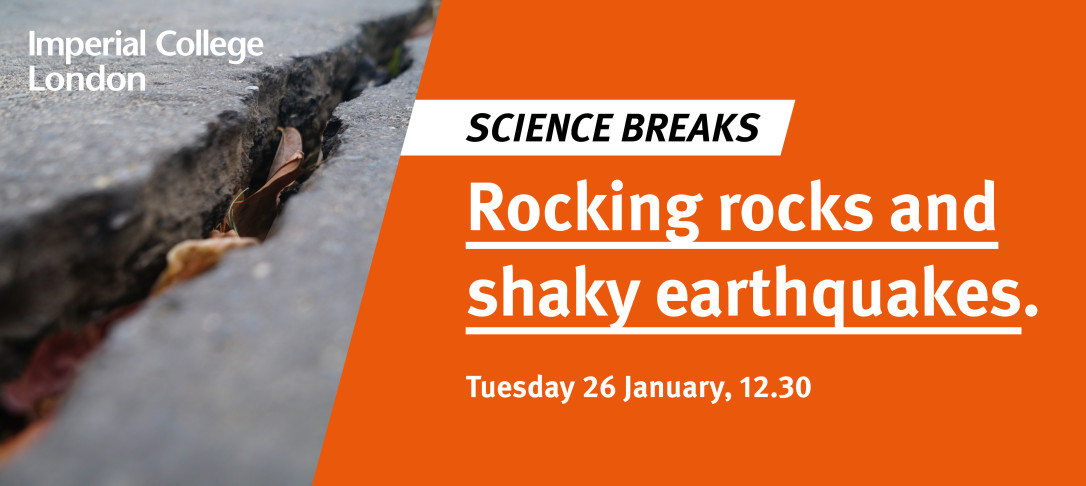
Large earthquakes are rare but potentially extremely damaging and costly. However, estimating the degree of ground shaking caused by these events is difficult as so few have been recorded. Precariously balanced rocks are formations found throughout the world where a slender boulder is balanced in such a way as to be vulnerable to being pushed over by earthquake activity over 10s of thousands of years. These natural balancing acts can therefore provide a geological record of seismic shaking around these large, rare earthquake zones, a record that could drastically improve estimates of future ground shaking activity.
Anna Rood is Postgraduate Researcher in the Department of Civil and Environmental Engineering. In her Science Breaks talk she will discuss how to shake out estimates for the length of these precarious balancing acts, and what size earthquakes they have endured. She will then make the case that this work could test or reassess earthquake hazard estimates for high risk engineering projects such as both new and old nuclear power plants.
Biography
Anna Rood is Postgraduate Researcher in the Department of Civil and Environmental Engineering, at Imperial College London. She received a MSci in Geology from Imperial College London (2017) and is the deputy laboratory manager of the CosmIC laboratory within the Department of Earth Science and Engineering, at Imperial College London. Anna’s recent publication on precariously balanced rocks received national and international media attention, including BBC and Science magazine.
Science Breaks
Science Breaks is a virtual event series showcasing the impact and relevance of Imperial’s research and work taking place at the College.



